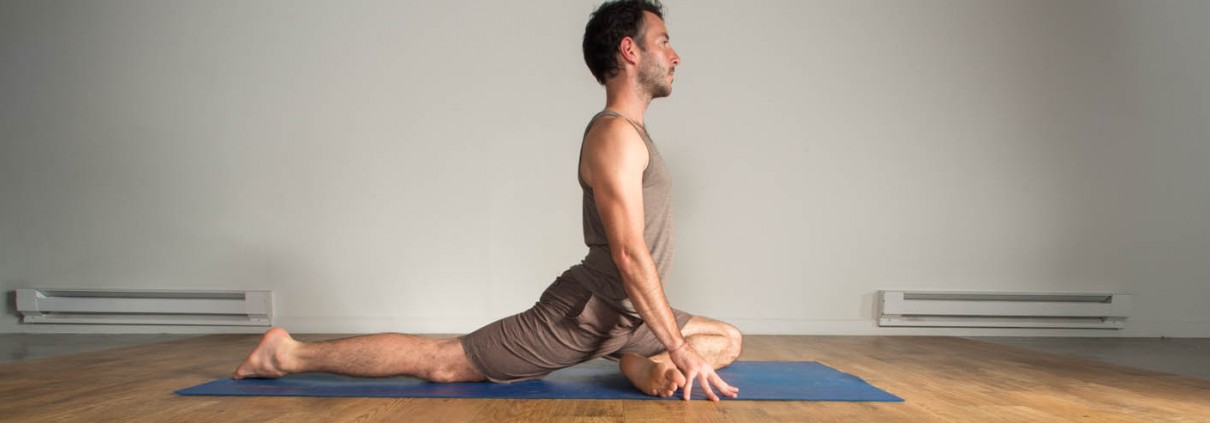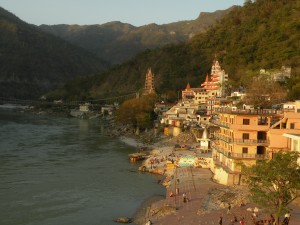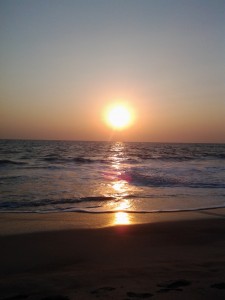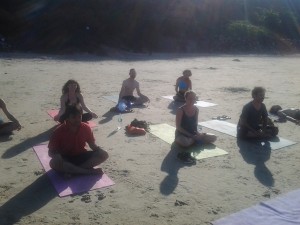Sitting With Discomfort
Imagine you’re sitting on a train. Not a plush, air-conditioned, Western European train. It’s hot and sticky. The seats are fake leather, so the layers of grime they’ve collected scrapes off on your skin. Your seat is a bench with a straight back, and there’s not enough room to recline. Maybe there will be in a few hours, you hope. The air smells faintly of burning trash, and the train is crowded. You can’t understand anybody, but they’re very curious about you. You’re sweating through your clothes a little bit, and luckily the faintest draft from the window finds its way to your seat. You’re going to be on this train for 34 hours, surviving off greasy street food and tiny Dixie cups of tea. Welcome to India.
This was my experience traveling from Chennai in the south of India to Delhi in the north. It was one of the most beautiful and memorable experiences of my entire trip. The sweat and grime all washed off easily, but the peaceful sound of the train rumbling through wheat fields still remains. This trip could have been terrible. It was physically stifling. I could have told myself ahead of time that it was going to be so bad that I would have decided to fly instead. What is memorable about a two hour flight? I’ve been on train trips in the US and Europe, but now I’ve been on a train trip. This is what trains are all about. It was beautiful. It was not comfortable.
What’s the first thing we do when we’re uncomfortable? We try to fix it. If we have enough foresight, we try to avoid it. This is why we stay in unhealthy relationships, and why we pay more to take a sterile route from A to B. What if we didn’t? What if we looked discomfort in the eye, and instead of backing away, we just smiled at it?
The comforts of American society have taught us to avoid this at all costs. Get a softer couch! Don’t let your belly ever feel hungry! Take this drug or that supplement so you feel good all the time! Is your kid annoying? Try Ritalin! Can’t write that paper? Try Adderol! Body hurts? Try Percocet! Now obviously these drugs can have positive effects, and when we need them to function, we can take advantage of the wonders of modern science. But they are also symptomatic of a wider trend in our society: we avoid pain and suffering rather than explore, confront, and sit with it.
For me, this is what yoga is all about. Yoga is not comfortable. It will never be comfortable. That’s the whole point. There is no final destination of yoga, no ultimate understanding (at least not in this lifetime). It’s about finding the edge of comfort and going a little bit beyond. That edge might not always be in the same place, but going just beyond it is always similar. The sensation of muscles stretching or tensing is the same sensation as pain. In yoga, it is controlled and done with intention. We sit with it. We explore the sensation, and learn to see it as being just that: a sensation in our minds. It is not the world ending. As long as we’re being healthy and aware, our muscles will not break (well, actually, they will, but only a little).
Why do it? Discomfort is all around us, suffering is all around us. Practices like yoga where we sit with discomfort allow us to train our minds to start to be okay with that. Meditation does the same thing. We learn to recognize that the constant fluctuations of thought in our minds are the same as sensations as physical suffering in our bodies. If we spend our lives running away from discomfort, we’re never going to find true comfort, no matter how soft our couch. If we learn to sit with it and just be, however, we’ll be comfortable everywhere, even on a sweaty train for 34 hours. Even when things don’t go exactly as we want them to.
Have you ever had your heart broken? It’s the worst thing. So, so bad. There are all sorts of things we can do to cope with that pain. We can drink, we can eat, we can sleep, we can watch sappy movies until our eyes bleed. At some point, though, if we hope to move beyond the heartbreak, we have to just sit with the pain and start to accept it. It hurts now. A lot. It won’t hurt forever. But it really hurts now. And that’s okay. It hurts because we’re emotive, caring, sensitive beings. Other people might just be the most important thing in our lives. It sucks to feel like we’ve lost that. But it’s beautiful to be reminded of the truth of our humanity. This sensation of pain in our minds is also not the world ending. It is a sensation. It has arrived, and it will pass. It’s okay to feel it. It’s good to feel it. It makes us more resilient, better equipped to face life compassionately in the future.
How can we practice sitting with discomfort? Things like yoga and meditation are great, intentional techniques for it, but honestly it can be done anywhere. Get the worst chair at the conference table? Make it work. Ameliorate the pain but sitting well and with good posture, but also listen to your body. What is it telling you? It doesn’t like something. Okay. Why? Is it going to damage you? Maybe if you sit in the chair and slouch for hours every day, but probably not if you sit here for an hour. It’s okay if it’s not the most comfortable thing right now. Maybe you got in a fight with a friend or loved one. Okay. It happens. Maybe if you can sit with the pain and examine the sensation you’ll be in a better place to work it out with him later on. Maybe you’ve decided you want to start running, but your legs are sore from trying it a couple days ago. Well, first of all, running again is the best way to get rid of the soreness. But maybe try going for a run and seeing what the pain feels like. Is it a sharp, joint pain? Okay, stop running, that’s bad. Is it a diffuse, soft muscle pain? That’s okay. That’s what legs feel like when they work. It’s what our bodies do. Each day, we can find small ways to practice being with discomfort. I’m not suggesting we all become masochists, just that we work on being okay with things being not okay. It’s a practice that gradually makes everything more okay.









